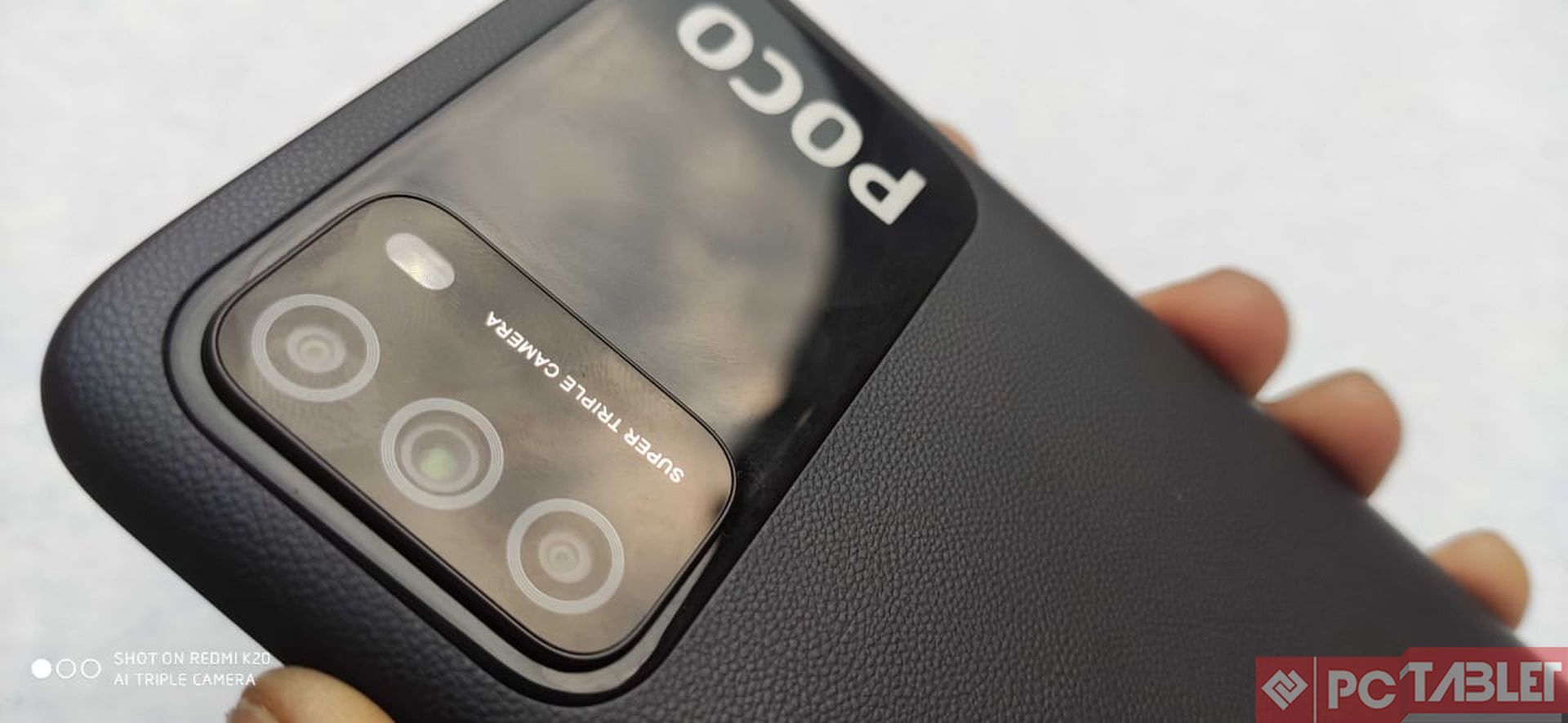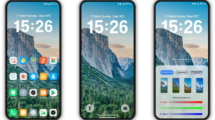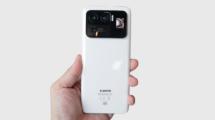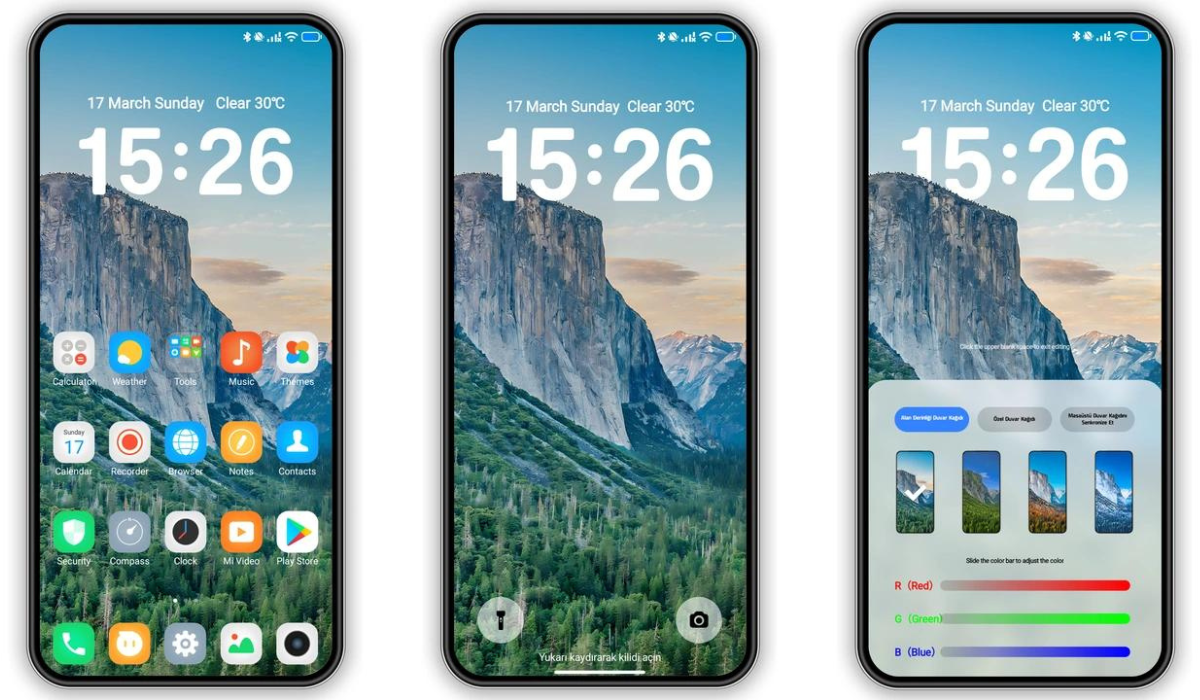Poco has had a stellar past year, and the brand managed to pull out some hits. Despite being an independent brand during a crucial period, we didn’t see them put out hardware that didn’t sell like hotcakes.
From the days of Poco F1, the brand has come a long way and has diversified into many price segments. One of the fastest-growing between them all is the Poco M series. The Poco M2 was a success in the Indian market, and now Poco is ready to create the same magic with the Poco M3.
On paper, the Poco M3 seems like the best value-for-money product you can get right now. It got a fresh design, decent hardware, and a clutter-free MIUI experience. To ease your buying decision, we used the M3 extensively for a little over a week, and here’s our full review.
Poco M3 Specifications
Before starting with the Poco M3 review, let’s have a look at the phone’s specifications.
- Display: 6.53-inch IPS LCD display, FHD+ (1080 x 2340 pixels) resolution
- CPU: Octa-core Qualcomm Snapdragon 662 Processor
- RAM: 6 GB
- Storage: 64/128 GB internal storage, expandable up to 512 GB
- Software: Android 10, MIUI 12
- Main Camera: 48MP (f/1.8) + 2MP macro (f/2.4) + 2MP depth (f/2.4), LED flash
- Selfie Camera: 8MP (f/2.1)
- Connectivity: USB Type C, Wi-Fi 802.11a/b/g/n/ac, Bluetooth v5.0, GPS/ A-GPS, 3.5mm headphone jack, FM Radio
- Cellular: Dual SIM
- Fingerprint Scanner: Yes, side-mounted
- Battery: 6,000mAh, Li-ion Polymer, non-removable
Box Contents
Here’s a complete list of items you get inside the box:
- Poco M3 smartphone
- 18W fast charger
- USB Type C cable
- Soft case
- Documentation
Design & Display
For the M3, Poco has gone with rather a risky move. The phone gets a plastic build with faux leather texture stamped on the back. This hides fingerprints while providing an extra grip. The rear camera module is covered in a black plastic bar that runs the sides.

The phone is being offered in three color choices, Blue, Black, and Yellow. Plastic backs are common in this price bracket, but Poco’s implementations take the cake here. Coming to the button placement, the volume rockers and the power button that doubles as a fingerprint sensor sit on the right. The card tray has been moved to the left side.

The phone also has stereo speakers with vents on top and bottom. The 3.5mm can be seen on the top while the Type C port is on the bottom. All the buttons are carved out of plastic as well and have a satisfying tactile feel to them. Despite the phone being 197gm, the weight management has been done so that you won’t feel the weight at all.

We get to see the 6.53-inch IPS LCD panel with an FHD+ resolution and a dew-drop notch on flipping the phone. The display and the bezels surrounding it look familiar to other Redmi phones. Bezels are big, especially around the chin but can be passed off looking at the phone’s price. Barring that the display quality is top-notch, no compromises have been made here. The display has decent colors; right out of the box, they are set to a cooler tone, but that can be changed via the settings app, and brightness is on par with the competition.
Software & Performance
The Poco M3 comes with Android 10 with MIUI 12 on top right out the box. If you have used a Xiaomi or Redmi phone in the past, the UI will look familiar. The core MIUI components remain the same on Poco phones except for the launcher. One of the highlighting features here would be the fact that MIUI on Poco phones is ads-free. This holds, and during our brief testing period, we did not notice any ads or spammy notifications.
Poco M3 also misses out on the bloatware that Redmi phones ship with, which is a plus. That being said, you still may find some system apps here that might not be of use to you. Apart from this, the phone came with a number of preinstalled apps such as Facebook, GetApps, Netflix, LinkedIn, Mi Credit, and Mi Pay. Despite MIUI being a bit heavy due to animations, the experience has been fairly smooth.

Moving to performance, the M3 packs the Qualcomm Snapdragon 662 SoC, which nowadays is common at this price point. The phone is being offered online in two storage variants, 64/128 GB, while the 6 GB RAM is standard across them. The RAM used here is LPDDR4X spec, while the 64 GB storage is UFS2.1 and the 128 GB model gets UFS2.2. Storage is expandable by up to 512GB using the dedicated microSD card slot, which is a plus.
During our week-long testing period, we did not notice any lags or stutters. This can be attributed to the 6 GB RAM that manages the tasks quite well. Switching between apps was a breeze; though app opening times were slightly high, it shouldn’t be a problem for most users. The side-mounted fingerprint scanner is convenient to reach and is fast; in addition to this, we also have the face-recognition.
We wouldn’t consider the M3 as an ideal gaming smartphone, but since the company is marketing it as one, we did some gaming. Games like Call Of Duty Mobile worked well at medium settings, but the phone got a little hot to the touch around the camera module. Apart from this, basic games like Subway Surfer and Temple Run worked like a charm.
Cameras & Battery
Moving to the optics, the Poco M3 sports a triple camera setup on the back consisting of a 48-megapixel primary camera, a 2-megapixel macro camera, and a 2-megapixel depth sensor. For selfies, it has an 8-megapixel shooter tucked away in the dewdrop notch. Since the phone is running MIUI, we get a familiar camera app that lays out basic shooting modes neatly.

The main sensor on the M3 is a tried and tested component that is capable of producing some decent shots when provided with an ample amount of light. The phone’s HDR performance is on-point, and the phone is capable of producing some detailed shots. The object separation here works like a charm. The main camera is assisted by a pair of 2-megapixel depth and macro sensors.

In our view, these 2-megapixel sensors are more or less useless and are put-in as fillers. This is the same case on M3; though these sensors work as expected, the output is not that great due to the resolution. It would have been great if Poco stuck with just two sensors here and had swapped these 2-megapixel sensors with an 8-megapixel ultra-wide lens.

The low light performance of the phone is also nothing to gloat about. When taking shots in the standard model, the loss of detail was clearly visible. This was mitigated by using the Night Mode. Talking about selfies, the shots taken by the front camera were average at best. The app does have the option to take portrait selfies, and the edge detection in this mode worked as expected.
The phone comes packed with a 6,000mAh battery which is above the 5,000mAh battery norm in this price segment. During our tests, the phone easily lasted two workdays, with moderate to high usage, which comprised web-surfing, social media, texting, and occasional gaming. Using the supplied charger, we were able to top up the battery in a little over 2 hours.
Pros
- Excellent battery life
- Decent performance
- Refreshed design
Cons
- Average camera performance
- It could be bulky for some users.
Verdict – Should you go for it?
The Poco M3 is a ray of sunshine, at least on the design side. The phone carries the Poco DNA and is a decent performer overall. The MIUI experience here is ad and bloatware-free and fluid for the most part. The area where it underperforms is optics; while the main sensor tries to help build a case for it, the other two sensors are just showpieces.
Another peculiar detail we noticed is the use of two different storage specs, while the difference between the variants is 1000 bucks. Looking at Poco’s track record, we are fairly confident that the M3 will also sell like hotcakes.























Add Comment